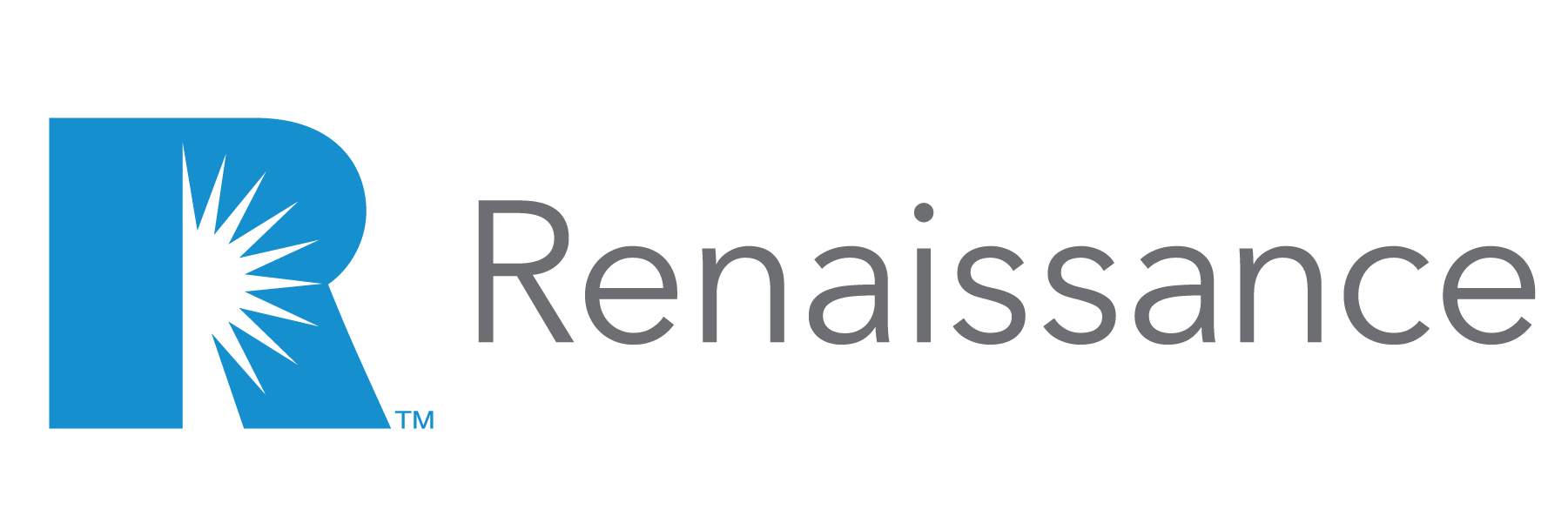By Elizabeth Schenk
When it comes to both personal and commercial property renewals this fall, managing expectations with clients is essential in an insurance market that’s made navigating these two lines increasingly challenging.
Independent agents in Mid-Atlantic will have their hands full with property renewals for the remainder of 2024, with a good amount of remarketing to be done on the commercial side. Likewise, the process of obtaining homeowners coverage will also require more time and agency resources than usual, with limited capacity being granted among carriers.
While agents have seen homeowners coverage become more restricted for years now, this line is currently the most challenged it’s been since the financial crisis in 2008. Capacity for coastal homes in Mid-Atlantic states is extremely limited, with the vast majority of those premiums shifting to the Surplus Lines market.
Additionally, recent financial instability – as well as multiple acquisitions – among carriers in this region have put significant strain on the homeowners market, with thousands of policies in need of remarketing as companies continue to issue tighter underwriting directives.
It’s understandable that insurers would pursue a strategic approach to minimizing market share in specific regions to mitigate their risk, but agents are the ones who will soon be explaining to clients that their homeowners’ coverage is about to become more expensive. As always, transparency is the watchword here; agents must seize the opportunity to educate their customers on the market factors that are driving increases in both their premiums and their deductibles.
Agents will fare better with securing personal auto renewals than they will with homeowners. “We have the ability to write new business in personal auto. That’s not as restrictive,” Renaissance member Carl DeBarbrie, Executive Vice President at Remco Agency, told me.
The Mid-Atlantic region’s regulatory environment continues to keep many insurers from gaining rate adequacy in both homeowners and personal auto as repeated requests are denied. However, if the current insurance crisis in California has taught us anything, it is that carriers likely won’t be the ones to blink first in a staring contest. It will be interesting to see whether any real middle ground can be found between regulators and insurers in the next six to eight months.
Coastal Conundrum
On the commercial side, DeBarbrie points out that mid-year reinsurance renewals that proved costly for insurers have spurred significant reductions in property capacity in coastal states. “Not coastal areas, coastal states,” he stresses. “We’re seeing wide swaths of non-renewals in these areas.”
Many commercial properties that prove successful in having their coverage renewed are facing skyrocketing deductibles; a $2,500 deductible for a property risk can now be as high as $25K. Some clients require a letter of credit just to show they can cover the deductible.
Renewals in several other commercial lines are proving less arduous. General Liability is seeing some rate increases as carriers continue to feel the impact of social inflation; several carriers have adjusted their reserves to keep pace with nuclear verdicts in this line. Still, coverage remains readily available.
In Umbrella/Excess Liability, in certain types of business (a general contractor in New York State, for example), clients may pay plenty for their coverage, but capacity isn’t shrinking and rates are moderating at renewal. Carriers in this line have been continuously getting rate for about eight years, but not through major price hikes.
Despite the high-profile software update glitch suffered by Crowdstrike, which caused one of the largest IT outages in history and caused more than $5bn in direct losses to Fortune 500 companies, the Cyber Liability market remains steady, with ample capacity.
Workers’ Compensation, meanwhile, remains insurers’ most desired line and a ray of hope for carriers and agents alike. It’s telling that some carriers will pay agents as much as 25% to 28% commissions on comp, even as some state regulators issue rate decreases between 5% and 14%.
Knowing that carriers are eager to take on the workers’ comp for commercial clients, agents would be wise to use that to their advantage and offer a client’s comp to offset requests for the types of coverage that are more difficult and more expensive to acquire.
Advice for Agents
Throughout the renewal process, busy agents could easily become distracted and lose focus on which protections the customer truly needs. Therein lies the challenge, to put the time in to fully understand the client’s risk profile in order to secure them the most appropriate coverage.
“In this market, you really need to explain to clients the product that they’re buying, and how best they can transfer risk,” adds DeBarbrie. “Sometimes they spot things in their policy that they don’t need. We have to be a real advocate for our clients while still being true to our carriers.”
Much of the latter task comes down to managing relationships with your underwriters, and presenting yourself as a trustworthy partner in every interaction. Present highly detailed, thorough submissions earlier than you would have in previous years. The more time you give your underwriters, the higher your likelihood of success in gaining renewals. When following up, bear in mind that underwriting departments are as understaffed as ever.
Finally, being part of an agency network can provide you both expanded market access to give you more marketing options, as well as the expertise of placement specialists who can tell you which carriers have the most appetite for a variety of risks. Both will afford your agency a distinct advantage in securing renewals in a region where competition will only intensify throughout the end of the year.
Elizabeth Schenk is Regional Executive Vice President, Mid-Atlantic, for Renaissance.






